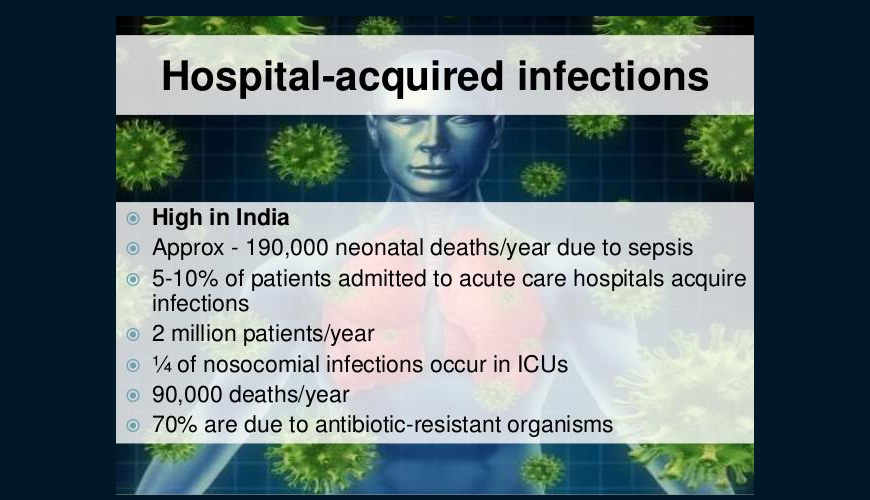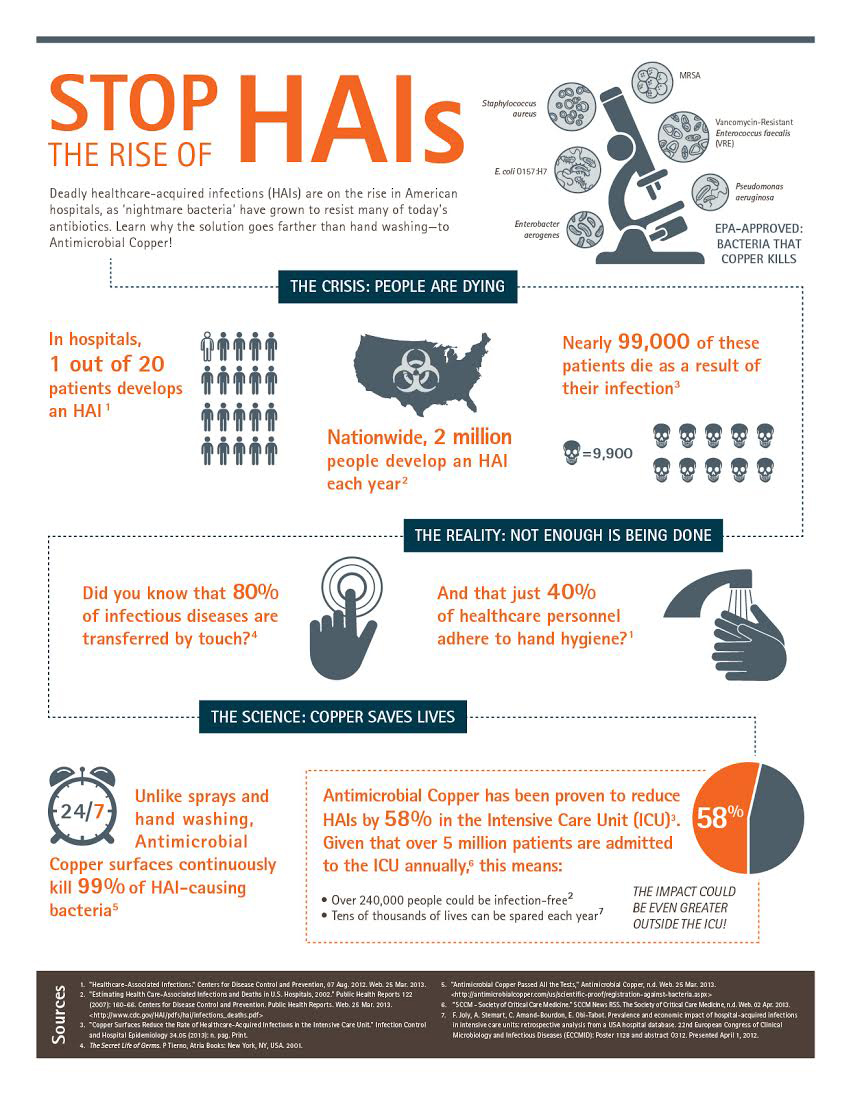Air Management

AirSecTM: The "blue-field solution", controlling and eliminating airborne contaminants without any major structural modifications to the existing hospital infrastructure
Hospital ORs are among the most infection-sensitive environments in healthcare facilities. Undergoing a surgical procedure may expose a patient to pathogens transmitted from surgical personnel, surgical equipment, the air and a patient's own skin flora. Annually, the United States is affected by 1.7 million Healthcare Associated Infections (HAIs). The CDC reports nearly 99,000 deaths per year resulting from HAIs. According to the U.S. Department of Health and Human Services (HHS), it is estimated that of the more than 290,000 incidences of Surgical Site Infection (SSI) annually, more than 13,000 people die each year due to infections acquired during surgical procedures, around 4.5% mortality rate.
It has been estimated that airborne transmission accounts for 10-20% of HAIs, although more recent studies have concluded that the role of airborne transmission may be underestimated due to the difficulty of culturing many airborne organisms and the complexities of assessing the role such pathogens play in the contamination of environmental surfaces and subsequent contact transmission.
AirSecTM is an engineered solution which takes care of the number of the air changes required as per ASHRAE guidelines and meets the Cleanroom standards. It also addresses airborne contaminant levels on a real-time basis and triggers resultant sterilization actions in a dynamic mode.
AirSecTM Pro solution produces a totally sterile hospital condition. All the surfaces in the OT (the medical furniture, medical equipment, wall surfaces) is protected with a antimicrobial surface protection "NanoGard M5". Apart from this the total air within is protected from airborne pathogens and contaminants by its elimination/removal by the AirSecTM system also using "NanoGard M5" for microbe elimination.
AirSecTM system continuously monitors the ambient air in critical area. This data is then transmitted to a PLC based control system which thereafter based on the inputs directs the Air Sterilizers to operate at different ACH levels to control the indoor air quality standards conforming to the designated international laid down standards.

@2018 Quinton AOM Air and Odor Management . All rights reserved.
Site by Bitsinbin
